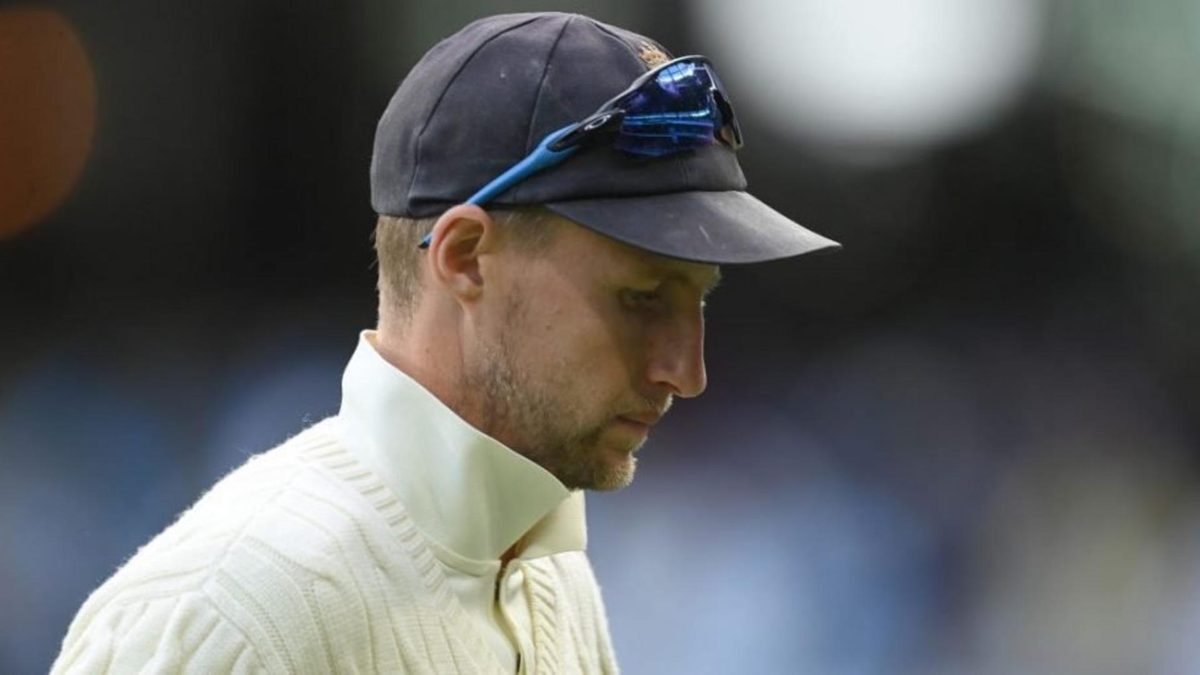
Sign up to bet365 to be entered into a draw for the chance to win a Wisden t-shirt of your choice, terms and conditions apply, more information here 18+ begambleaware.org
Before today, it was hard to imagine the 2021/22 Ashes getting much worse for England. And yet. For all the pre-Test talk about hard truths being exchanged, the output was more of the same, if not more bleak than anything experienced over the first two Tests.
Ben Stokes and Jos Buttler were reportedly two of the more vocal team members during what a Guardian exclusive termed ‘intense discussions’ after the Adelaide defeat but it was their dismissals on the opening day at Melbourne that epitomised England’s most feeble innings of the tour, gifting the hosts a pair of wickets at a time when batting looked as comfortable as it did all day.
Earlier on, England’s young openers both fell early to the supreme Pat Cummins. Root failed to convert yet another half-century on Australian soil before the rest of the middle order failed to offer much resistance and England’s retro-feel tail with Mark Wood coming in at eight was exposed far too early. In the end, England were bundled out for 185 – their 12th sub-200 total of 2021; this is what we’ve come to expect. Nothing that happened on another miserable day felt that out of the ordinary.
The extent of their batting woes in 2021 has been widely documented. Going into the MCG, four of England’s five leading run-scorers in 2021 weren’t even in the team, Root has 1,150 more runs than any other English batter this year, and this is now England’s third worst year with the bat since the war. It’s grim reading.
You can try to quibble some of the personnel England have backed. Haseeb Hameed’s recall, while a stirring comeback story, was always a punt. In an 86-game first-class career, he has never scored more than 122 in an innings. He has scored Championship hundreds in just two games over the last five years and hasn’t averaged more than 40 in a single season since 2016. His opening partner Zak Crawley averages less than 32 in first-class cricket, less than 30 from 15 Tests and less than 12 in 2021. Jonny Bairstow – probably England’s second most assured batter today – averages less than 22 in Test cricket since the start of 2019.
But really, England’s struggles with the bat go back way further than just this year. When Chris Silverwood was first appointed as England head coach, he spoke of the necessity of scoring big first innings runs as though it was the kind of tactical insight that can only be formulated with the assistance of divine revelation. It was an unremarkable mantra but one that was met with a degree of patience given England’s longstanding issues with that bat. Maybe, a change of mindset was all that was needed.
For all of the eye-catching numbers surrounding England’s 2021, the longterm figures are perhaps more revealing. Of the 17 top-seven batters to debut in the last six years, none average more than 32 in Test cricket; 11 average between 27 and 32, three between 24 and 27 and three below 20. Not since Root, who debuted more than nine years ago, has an England batter averaged more than 40. Stokes, widely regarded as one of the most talented batters on the planet, averages 36 in Test cricket.
The bottom line is that England are currently experiencing a systemic failure to produce Test quality batters. They’ve tried picking white-ball guns, County Championship churners and picks based on potential – none have truly worked.
Why’s this happened? Well, take your pick. Cricket’s near universal absence from free-to-air TV, the related over reliance on private schools – according to The Cricketer, one Sussex line-up in 2021 featured 10 privately educated players – that robs England of accessing talent from all corners of the country, how the County Championship is further away from mimicking Test cricket than ever before – a point recognised by the ECB, an oversaturated schedule where white-ball cricket is often prioritised. The list goes on.
It feels not unlike the planet’s increasingly doomed battle against rising temperatures. The warning signs have been there for a while and continuously ignored until it’s possibly too late.
England will probably lose this Test and they will probably make a few more changes for the fourth Test at Sydney, but they are highly unlikely to mask the cracks that have been responsible for years of underachievement, given their relative wealth in the world game.








